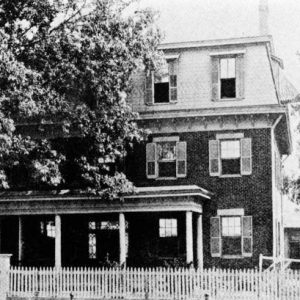 Alexander George House
Alexander George House
County: Pulaski
 Alexander George House
Alexander George House
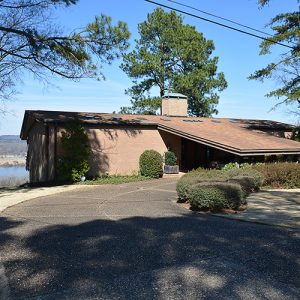 Alexander House
Alexander House
Alexander House
 Alford Campaign Headquarters
Alford Campaign Headquarters
Alford, Thomas Dale
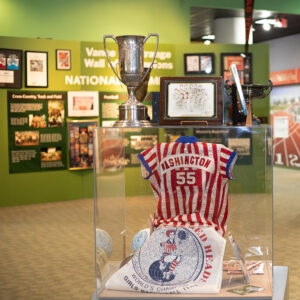 All American Red Heads Display
All American Red Heads Display
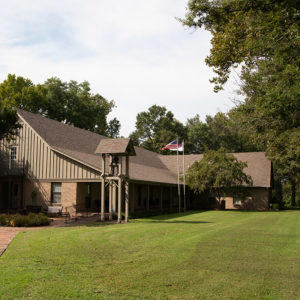 All Souls Auxiliary Building
All Souls Auxiliary Building
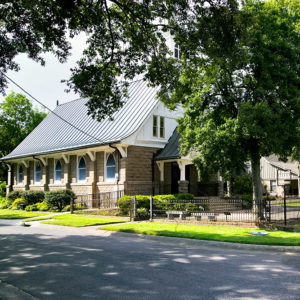 All Souls Church
All Souls Church
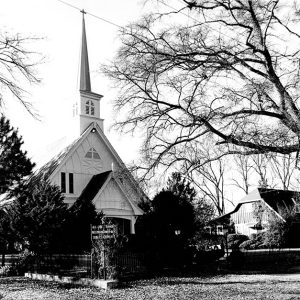 All Souls Church
All Souls Church
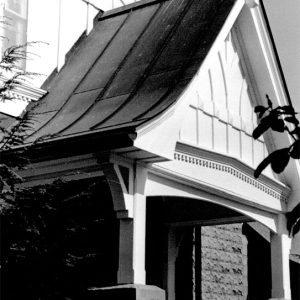 All Souls Church Entrance
All Souls Church Entrance
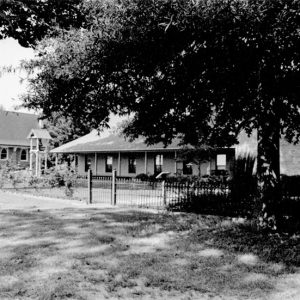 All Souls Church Grounds
All Souls Church Grounds
 All Souls Church Interior
All Souls Church Interior
 All Souls Church Staircase
All Souls Church Staircase
 All Souls Church Steeple
All Souls Church Steeple
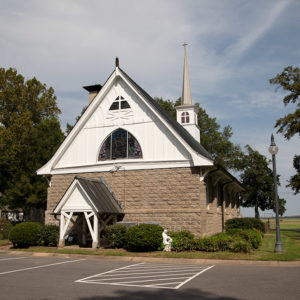 All Souls Rear View
All Souls Rear View
Allbright, Charles Wilson
 Allen Chapel AME Church
Allen Chapel AME Church
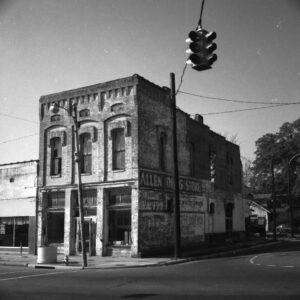 Allen Drug Store
Allen Drug Store
Allen, Al
aka: Alvin Lee Allen Jr.
Allen, Dick
aka: Richard Anthony Allen
 Dick Allen
Dick Allen
Allsopp, Fred
Alltel
 Alltel Arena
Alltel Arena
 Alltel Arena
Alltel Arena
Altvater, Catherine Tharp
Aluminum Bowl
 Aluminum Bowl Action
Aluminum Bowl Action
American Airlines Flight 1420
 American Bank of Commerce and Trust
American Bank of Commerce and Trust
American Krusaders
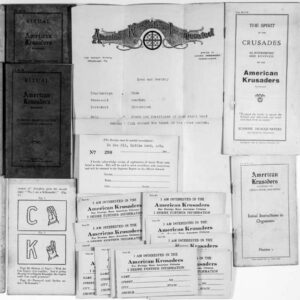 American Krusaders Ephemera
American Krusaders Ephemera
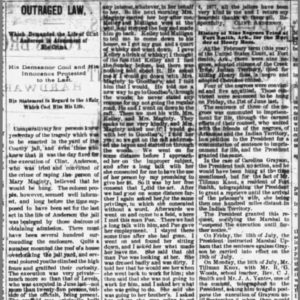 Anderson Execution Story
Anderson Execution Story
 Anderson House Side View
Anderson House Side View
Anderson, “Broncho Billy”
aka: Gilbert Maxwell Aronson
Anderson, Bruce Roy
Anderson, Charles (Execution of)
Anderson, Clint (Execution of)
 Anderson House
Anderson House
Anderson, Joel Edward
Anthony House
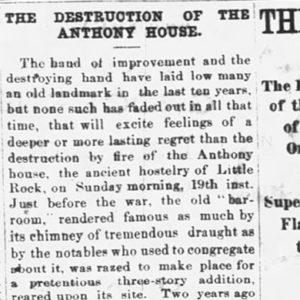 Anthony House Article
Anthony House Article
Anthony, Joseph J.
Anthony, Joseph J. (Murder of)
Antiquarian and Natural History Society of Arkansas
 AOP Guard House
AOP Guard House
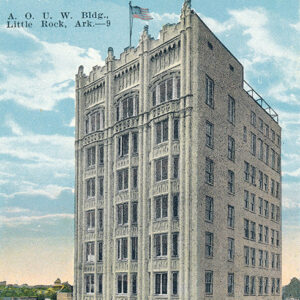 AOUW Building
AOUW Building
 AP&L Offices
AP&L Offices
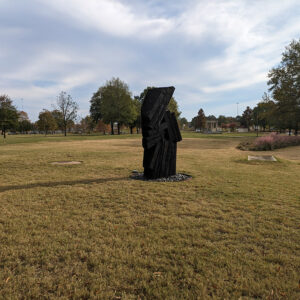 Approaching Collapse
Approaching Collapse
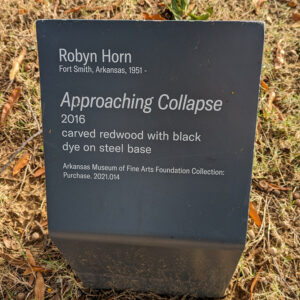 Approaching Collapse Sign
Approaching Collapse Sign




